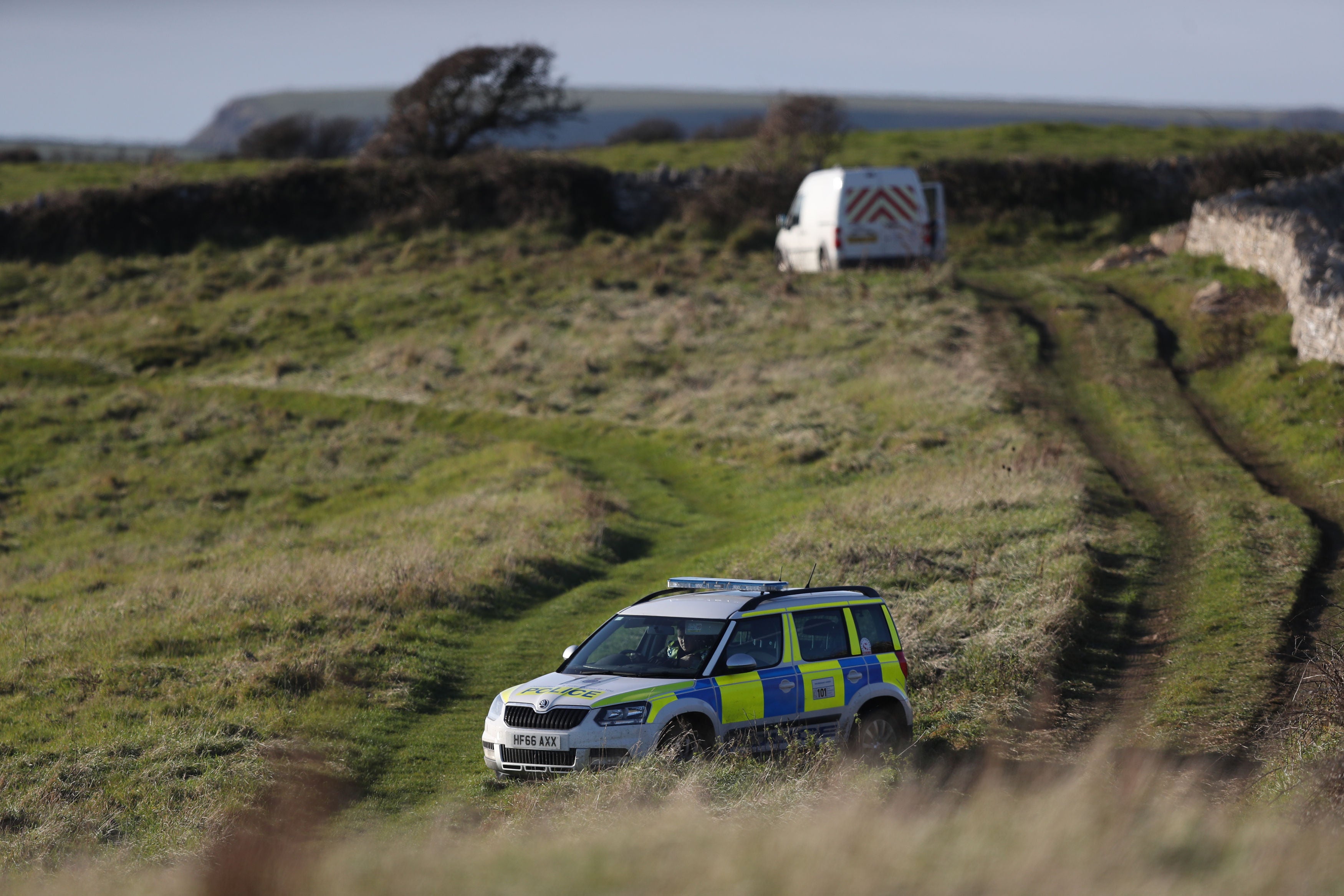Pc ‘on his own’ looking for missing teenager Gaia, inquest hears
Pc Jon Kuspert went out searching for the 19-year-old on foot around Swanage after she had been reported missing by her family on November 7 2017.

Your support helps us to tell the story
From reproductive rights to climate change to Big Tech, The Independent is on the ground when the story is developing. Whether it's investigating the financials of Elon Musk's pro-Trump PAC or producing our latest documentary, 'The A Word', which shines a light on the American women fighting for reproductive rights, we know how important it is to parse out the facts from the messaging.
At such a critical moment in US history, we need reporters on the ground. Your donation allows us to keep sending journalists to speak to both sides of the story.
The Independent is trusted by Americans across the entire political spectrum. And unlike many other quality news outlets, we choose not to lock Americans out of our reporting and analysis with paywalls. We believe quality journalism should be available to everyone, paid for by those who can afford it.
Your support makes all the difference.A uniformed police officer was out searching on his own for missing teenager Gaia Pope-Sutherland on the day she disappeared, an inquest heard.
Pc Jon Kuspert went out searching for the 19-year-old on foot around Swanage after she had been reported missing by her family on November 7 2017.
When he could not find the college student, a National Police Air Service (NPAS) helicopter joined the search for Miss Pope-Sutherland.
Dorset Coroner’s Court heard aircraft deployed from Bournemouth airport at 8.30pm, five hours after she first ran off from her aunt’s home in Swanage.
NPAS officers used thermal imaging equipment to search the coastal area from Old Harry Rocks to Durlston, including the Dancing Ledge area, where Miss Pope-Sutherland’s body was found 11 days later in deep undergrowth.
Pc Scott Mesher, a tactical flight officer with NPAS, was commanding the flight that went out looking for her and before setting off spoke with Pc Kuspert.
“I was aware he had been allocated the initial inquiries for Gaia’s disappearance,” Pc Mesher told the court.
“I spoke to him in the early evening.
“I can’t remember who phoned who, but we had a conversation in relation to can NPAS assist with the search for Gaia.
“At the time of speaking to him, he said, ‘I am literally on my own here trying to search everywhere can you help?’
“We are always keen to assist where we can.
“The initial request from Pc Kuspert was pretty much, ‘Can you search the whole of the Purbecks?’
“The answer to that is no because it is not an achievable search area because it is just so large.
“The built-up urban area is difficult to search.
“I said the best option at the moment would be the coastal cliff paths surrounding Swanage.
“We agreed on Dancing Ledge all the way round to the Sandbanks chain ferry.”
Pc Mesher said the helicopter used thermal imaging equipment to search at night but was less effective at detecting people inside buildings or underneath thick foliage or gorse.
Last week, the jury heard Pc Kuspert tell of his surprise at being initially refused helicopter support to search for Miss Pope-Sutherland, which Pc Mesher said he was unaware of.
Pc Mesher said at the time of deployment, he was unaware of where the teenager might be but knew she had epilepsy and was having mental health problems and had been classed as a “medium risk” missing person.
“I was under the impression Gaia was having a crisis in her life and from previous experience people who are going through that want to find space and they go to places they know, such as beauty spots,” he said.
“For the aircraft it’s an open area so it’s of benefit for us to be able to search that.”
Asked why he deployed, Pc Mesher said: “No one knew where she had gone.
“It was a huge ask on his (Pc Kuspert) own.”
Neil Cartwright, the NPAS base manager in Bournemouth, told the court requests for helicopter deployment had to be made to the NPAS HQ in Yorkshire.
Asked what difference a delay in deploying of several hours would make, he replied: “A huge amount normally.
“We call it the ‘limit of probability’.
“At the time of the last sighting, whether they are on foot or a vehicle, that ring of where there could be without a direction of travel gets wider and wider and wider.
“After four hours that person could be anywhere, to be fair.
“The locality there, a huge amount of cliff area.
“The limit of probability was probably limited, the decision made was it was worth looking.”
The NPAS helicopter was further deployed on November 8, 9, 10 and 16 in the search for Miss Pope-Sutherland.
Her aunt had first phoned police 10 minutes after her niece ran away at 3.30pm but a missing person report was not created until 6.15pm.
The college student’s disappearance sparked a large search operation in the Swanage area involving the police, Coastguard, NPAS, Dorset Search and Rescue, and members of the public.
The inquest continues.